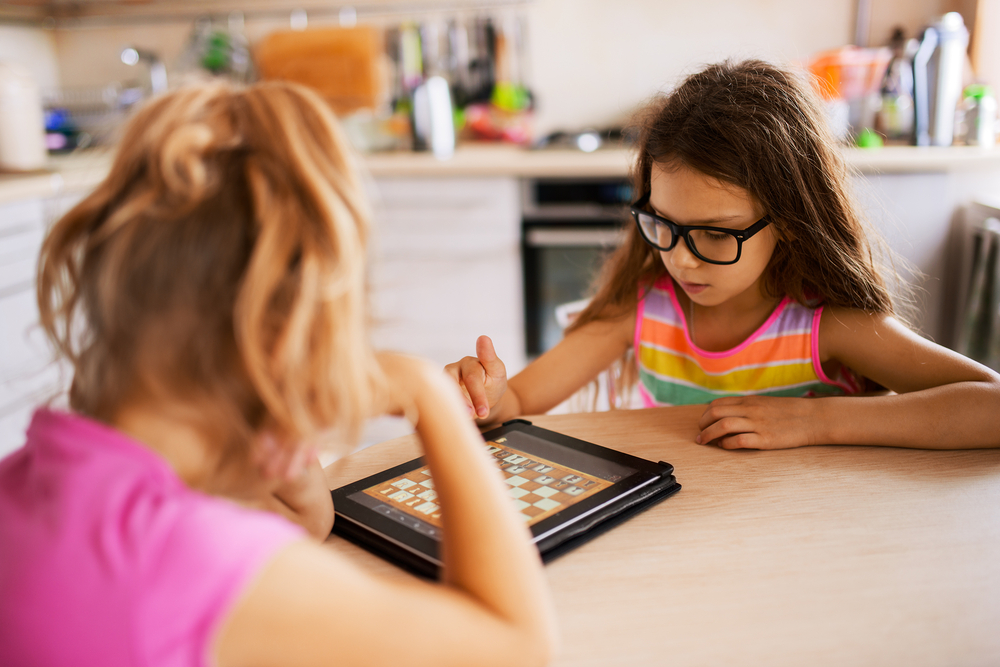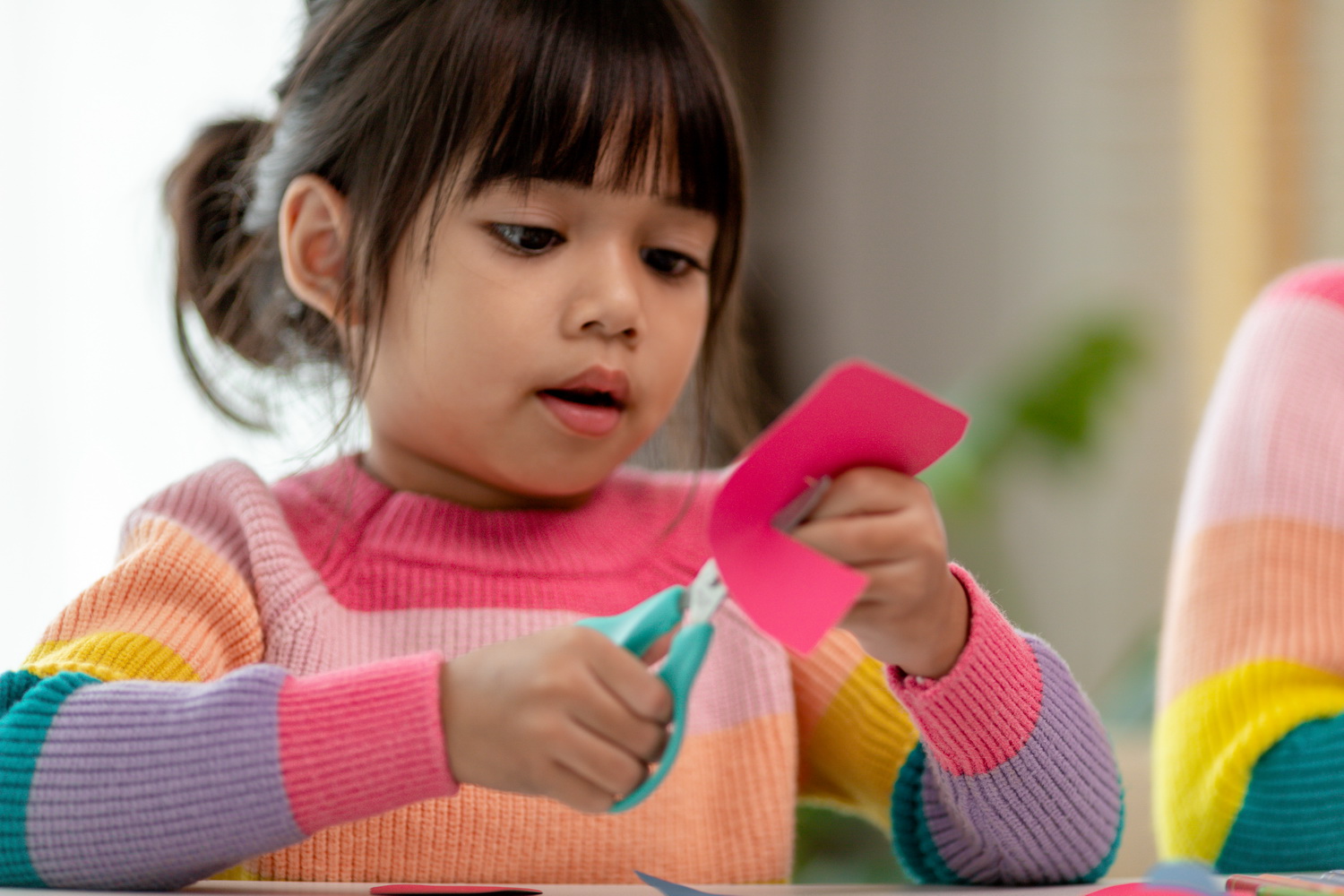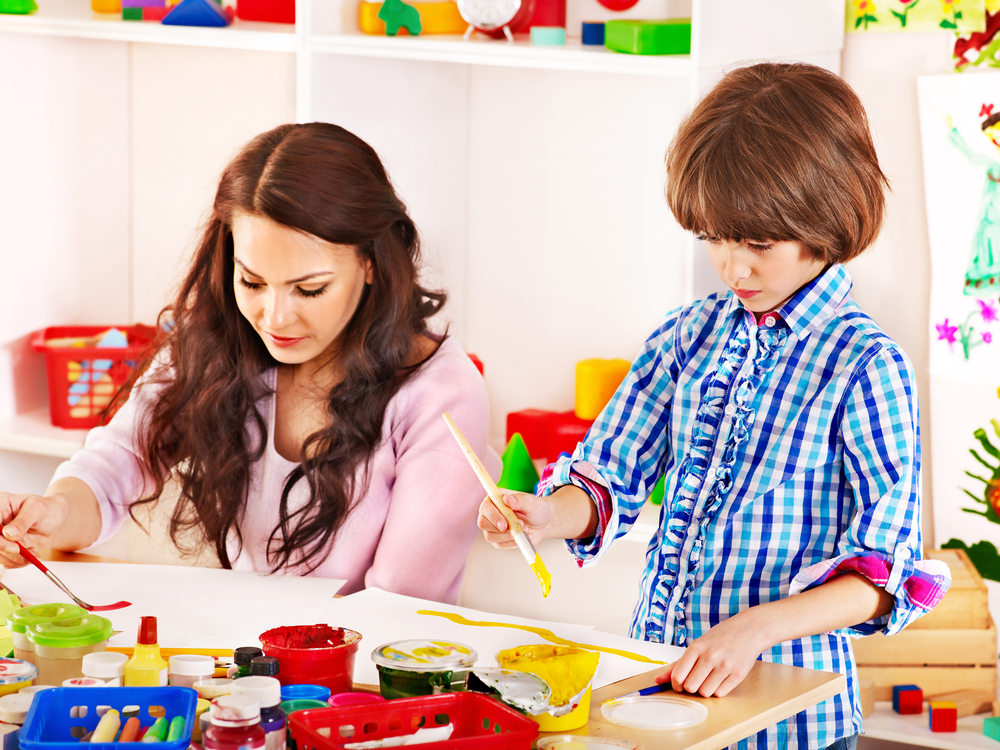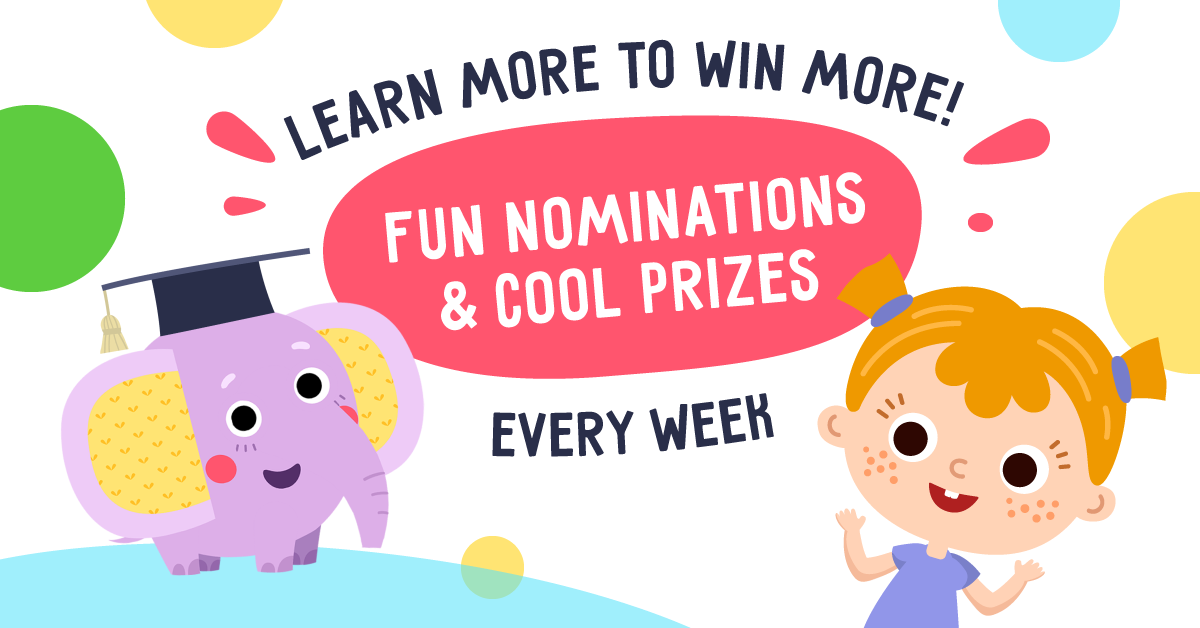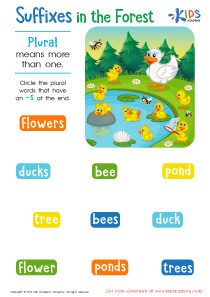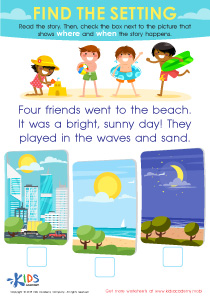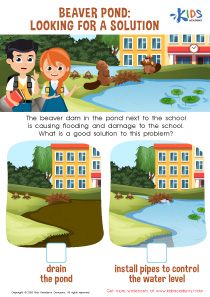Easy Alphabet worksheets activities for Ages 6-8
5 filtered results
-
From - To
Discover engaging easy alphabet worksheets and activities designed for children aged 6-8! Our thoughtfully crafted resources help young learners master their ABCs through fun and interactive challenges. From coloring pages to tracing exercises, these worksheets promote letter recognition, phonics skills, and creativity. Ideal for home and classroom settings, they ensure every child can enjoy a hands-on approach to learning the alphabet. Encourage your child's literacy development and boost their confidence with these printable activities. Start paving the way for reading success while having fun! Explore our collection and make learning the alphabet an enjoyable adventure. Perfect for curious minds!
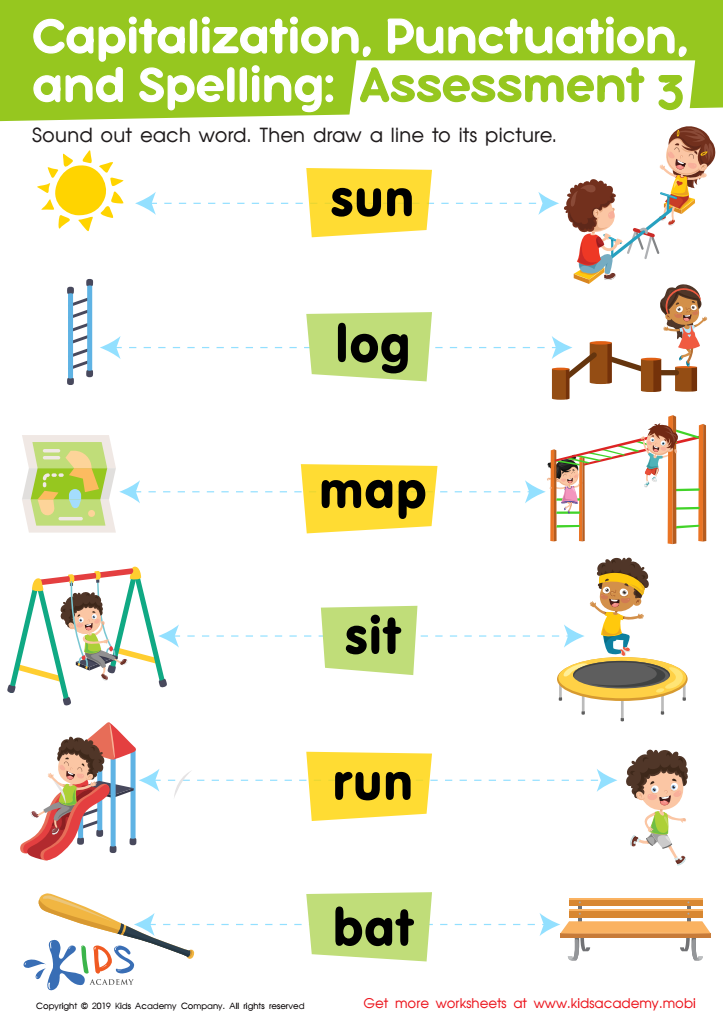

Capitalization. Punctuation. Spelling. Assessment 3 Worksheet


Phonics and Word Recognition: Assessment 1 Worksheet
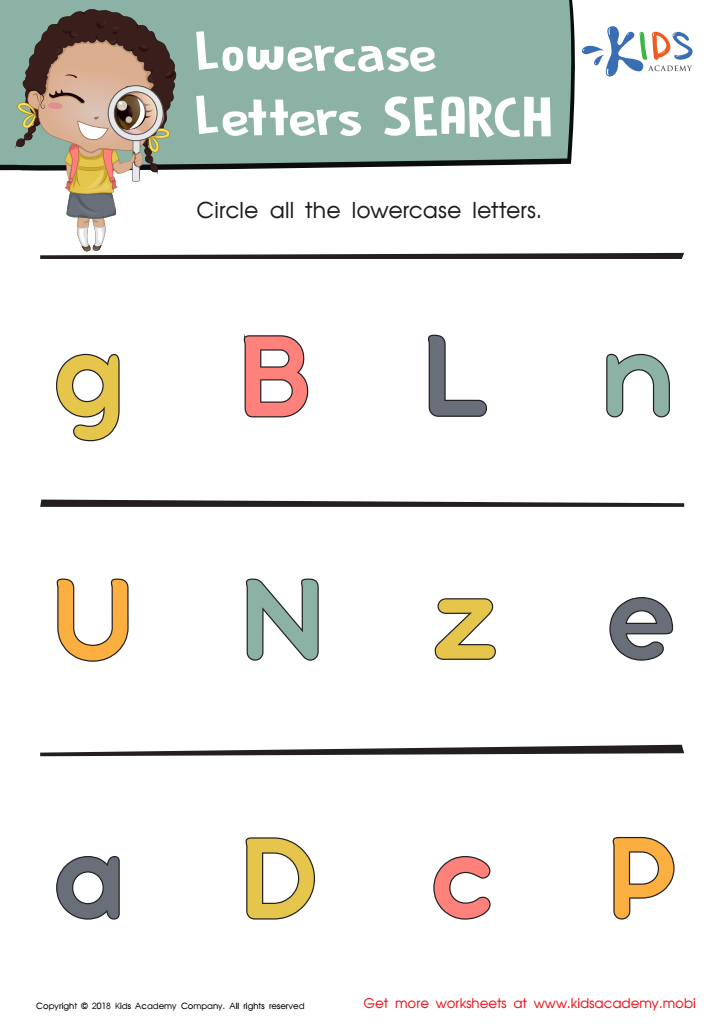

Lowercase Letters Search: Assessment Worksheet
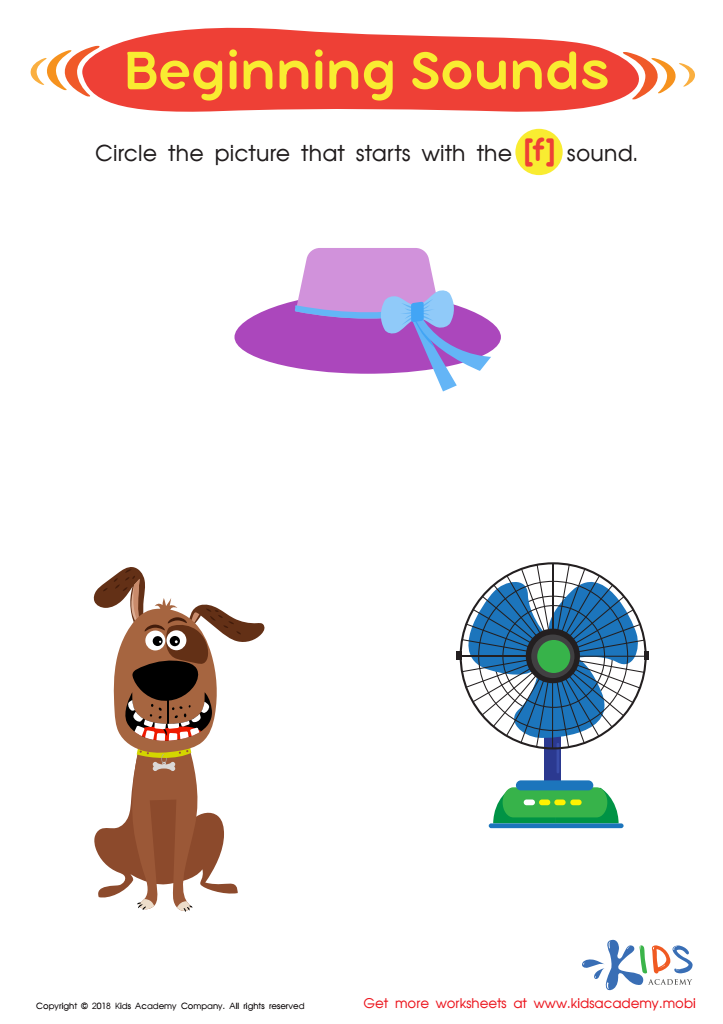

Beginning Sounds Assessment Printable
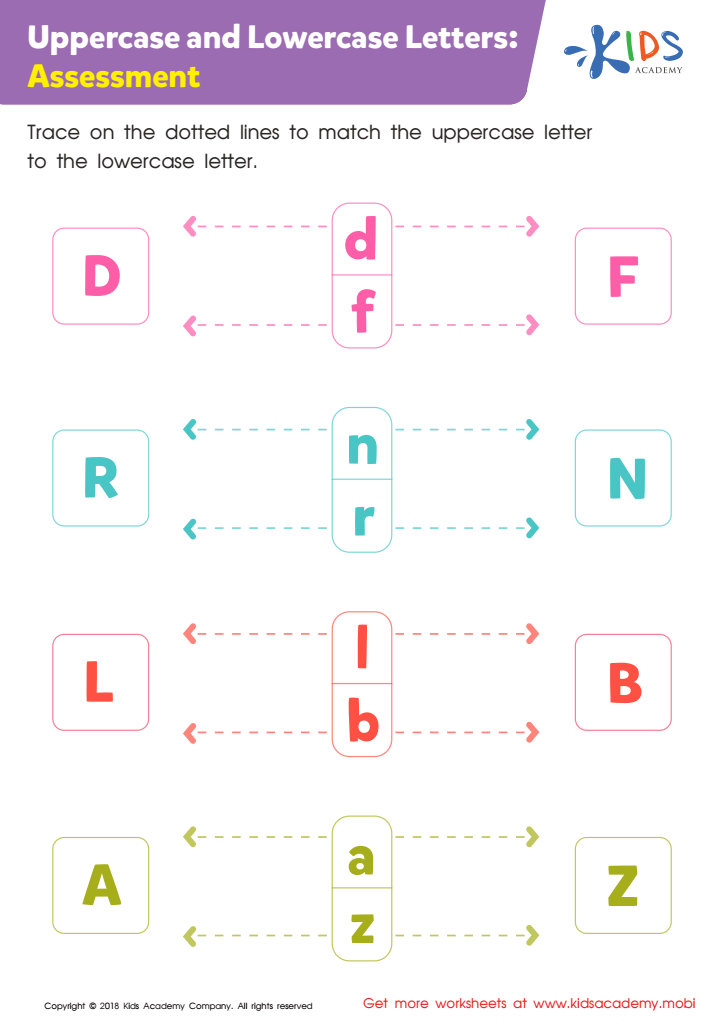

Uppercase and Lowercase Letters: Assessment Worksheet
Parents and teachers should prioritize Easy Alphabet activities for children aged 6-8 because these activities lay the groundwork for literacy, language development, and cognitive skills that are crucial during these formative years. At this age, children are transitioning from learning the basics of letters to actively incorporating them into reading and writing. Engaging in fun, hands-on alphabet activities promotes phonemic awareness, helping children recognize sounds and understand the relationship between letters and their corresponding sounds.
Moreover, these activities cater to various learning styles, ensuring that all children can engage with the material in a meaningful way. Interactive games, arts and crafts, and playful storytelling bolster creativity and retention, transforming what can be a daunting task into an enjoyable experience. Increased engagement fosters a love for reading and learning, reinforcing concepts outside the classroom.
Importantly, these activities also support social and emotional development as children work collaboratively, share ideas, and develop communication skills. By focusing on Easy Alphabet activities, parents and teachers not only equip their children with essential literacy skills but also build a strong foundation for lifelong learning, self-confidence, and curiosity. Consequently, making these activities a priority is an investment in each child's future success.

 Assign to My Students
Assign to My Students


